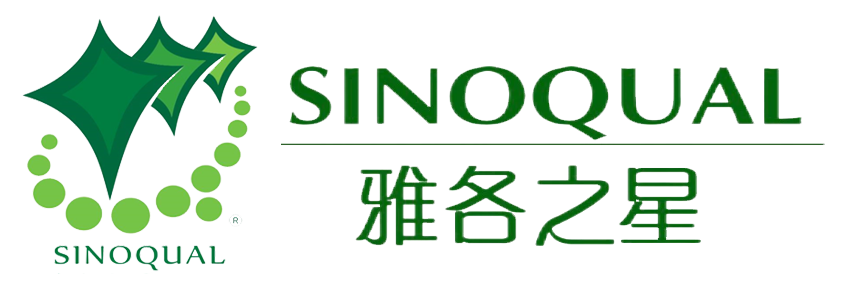The global beauty industry is undergoing a transformation as consumers increasingly demand products that demonstrate transparency, ethical sourcing, and ingredient purity...
Composition, Background and Business Opportunities of Middle Eastern and Southeast Asian Countries
2025-05-15
As Muslims' spending power gradually increases, demand for halal-certified products is also increasing year by year. Multinational chain stores are also launching halal-certified products. Many of these Middle Eastern countries are Arab nations. Southeast Asia comprises 11 countries, including Indonesia, Malaysia, and Brunei. Muslims make up approximately 86.7% of the total population, making it one of the regions with the highest Muslim concentrations in the world. Today, Southeast Asia is one of the most dynamic and promising regions for global economic development. Since ancient times, it has been a vital gateway for China to connect with the world. In the future, with the rapid economic development and social progress of China and Southeast Asian countries, the cooperative relationship will continue to strengthen!
Middle Eastern countries and culturesThe term "Middle East" can generally be understood as referring to a number of countries in West Asia and North Africa. Broadly speaking, this includes Egypt, Saudi Arabia, Qatar, the United Arab Emirates, Kuwait, Yemen, Syria, Jordan, Palestine, Libya, Sudan, Tunisia, Algeria, Morocco, Mauritania, Iraq, Bahrain, Oman, Lebanon, Iran, Turkey, Afghanistan, Israel, and Cyprus. Somalia, Djibouti, and the Comoros are often included because they are all members of the Arab League. With the exception of Israel and Cyprus, all of these countries practice halal practices.
Hala Halal Products MarketThe global Muslim population exceeds 1.6 billion, larger than that of mainland China and roughly the same size as the global Chinese market. According to estimates by Time magazine and the Financial Times, the global halal market will exceed $1 trillion in 2010 (see Taipei Importers and Exporters Association, September 2010). This market rivals mainland China in terms of population and spending power. As Muslim spending power gradually increases, demand for halal-certified products is also increasing year by year. Multinational chains are also launching halal products, targeting this potentially valuable market. Even Taiwanese manufacturers are beginning to explore halal certification.
Arab countriesArab countries generally refer to nations composed primarily of the Arab ethnic group. They share a common language, Arabic, culture, and customs, and the vast majority of their population is Muslim. Some countries, while not primarily Arab, have long forged close political, economic, and cultural ties with Arab nations and have joined the Arab League, and are therefore also referred to as Arab countries. The scope of Arab countries partially overlaps with that of the Middle East, but there are also differences; not all Middle Eastern countries are Arab. Turkey, Iran, and Afghanistan are non-Arab countries.
(Reference Global Times)
Southeast Asian countries and ASEANSoutheast Asia is a new regional name that emerged in the late stages of World War II. Southeast Asia comprises 11 countries: Vietnam, Laos, Cambodia, Thailand, Myanmar, Malaysia, Singapore, Indonesia, Brunei, the Philippines, and East Timor. Countries around the world typically refer to Vietnam, Laos, Cambodia, Thailand, and Myanmar as Southeast Asia's "land states" or "peninsula states," while Malaysia, Singapore, Indonesia, Brunei, the Philippines, and East Timor are referred to as Southeast Asia's "maritime states" or "island states." In 1967, a group of countries emerged in Southeast Asia: the Association of Southeast Asian Nations (ASEAN). It now has 10 member states. The China-ASEAN Free Trade Area Framework Agreement provides ASEAN with an excellent trade platform. Southeast Asia's Muslim countries include Indonesia, Malaysia, and Brunei. Muslims make up approximately 86.7% of the total population, making it one of the most concentrated Muslim regions in the world.
Each Southeast Asian nation has its own long history and is an emerging nation. With the exception of Singapore, all are developing countries. Southeast Asia is a multi-ethnic nation, encompassing over 90 ethnic groups. Southeast Asia also boasts the largest number of overseas Chinese and ethnic Chinese in the world, with approximately 20 million overseas Chinese and ethnic Chinese, over 2 million Indians, and over 1 million immigrants from other countries. Today, Southeast Asia is one of the most dynamic and promising regions in the world for economic development. In the future global political and economic landscape, Southeast Asia's political and economic role and strategic position will become even more crucial. Southeast Asia is China's southern neighbor and, since ancient times, has been a vital gateway for China to connect with the world. In the coming years, with the rapid economic development and social progress of both China and Southeast Asian nations, our cooperative relationship will only strengthen!
